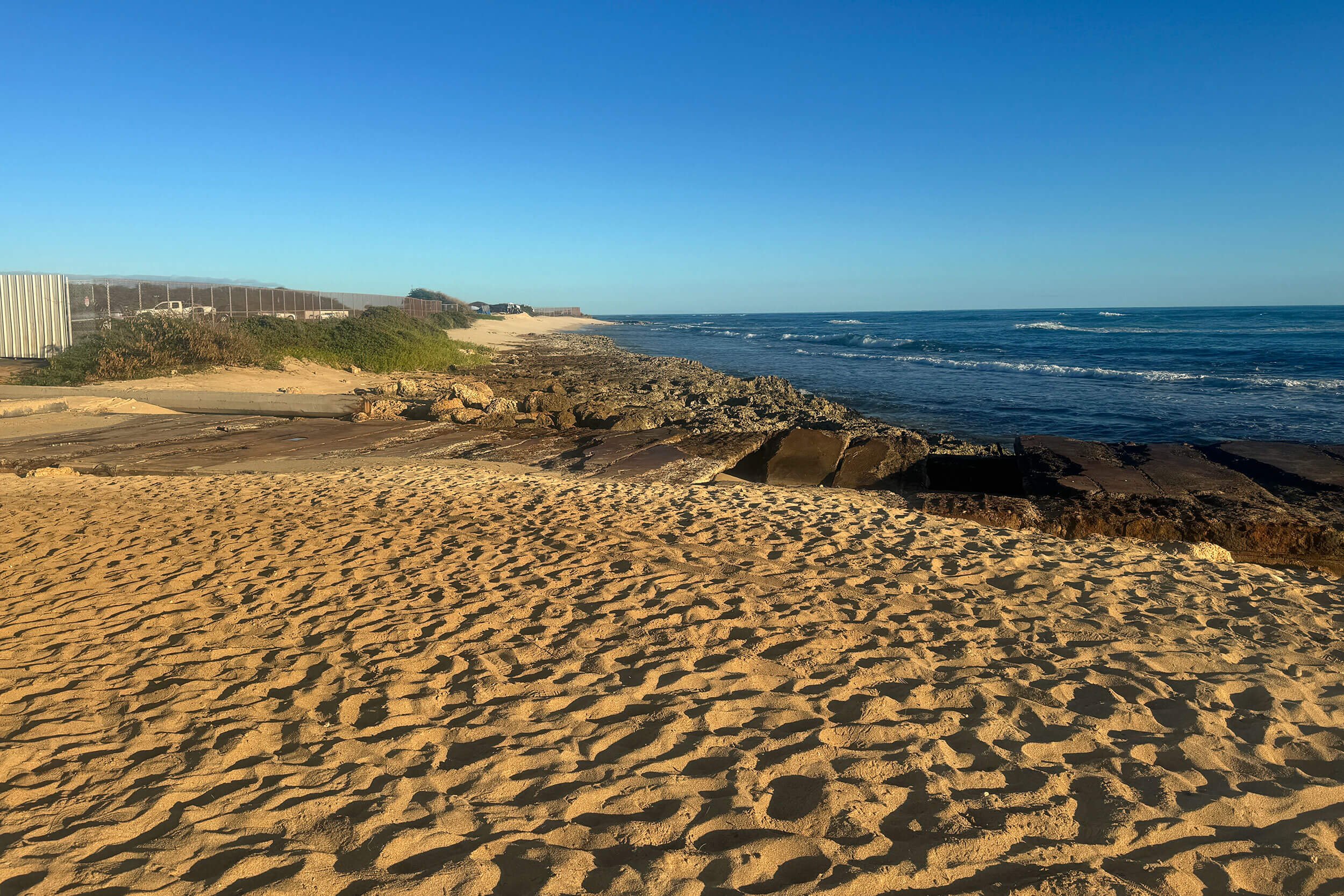
FAQ
About HIFL
What is HIFL?
The Hawaiian Islands Fiber Link (HIFL) is a new underwater cable system that will support faster and more reliable internet throughout Hawai‘i. It will consist of five underwater segments and six landing sites on Oʻahu, Hawaiʻi, Maui, Kauaʻi, Lānaʻi, and Molokaʻi. Each site will include a beach manhole and a cable landing station building.
How does HIFL work?
HIFL uses fiber optic cables, which transmit data as light signals through thin strands of glass. This technology enables high-speed data transmission across long distances. The system is designed to operate for approximately 25 years, which is typical for an interisland system.
What are the benefits of HIFL?
HIFL will improve internet access by connecting long-distance fiber networks from across the Pacific to Hawai‘i's internet providers and underserved communities. This model promotes equal access, competitive pricing, and dedicated state bandwidth, ultimately improving internet speed and reliability.
As a part of the Connect Kākou initiative, the HIFL project provides the “middle mile” backbone needed to connect the islands and enable high-speed internet access statewide. This infrastructure, combined with “last mile” connections that reach directly into communities, will empower local providers to deliver high-quality internet to homes, schools, and businesses across the islands.
What is the “middle mile”?
The “middle mile” refers to the connection that will link large servers around the world to local communication providers in Hawaii. The middle mile is the necessary “backbone” to connect fiber bandwidth from long-haul cables to landing stations across the state.
The “middle mile” connects to the “last mile” that provides fiber access to the community.
Is HIFL an internet provider?
No, HIFL is not an internet provider. HIFL will build and operate the fiber cable system.
Individual internet providers will lease dark fiber and capacity from HIFL to use its connections to provide internet to their customers.
Construction
What is the construction process?
Each landing facility will include a seaward facing underground pipe, beach manhole, terrestrial conduit, and a cable station building. The subsea cable, beach manhole, and conduit will remain underground. Some areas will have fiber optic cables that are above ground attached it existing telecom/electric poles.
Most of the cable landing stations will be established on University of Hawaiʻi property. However, for areas where that is not feasible, we will work with the appropriate authorities to secure the site.
How long will construction take?
Once construction begins, the construction duration is fairly quick. Below is a sample timeline for each landing site:
Seaward underground bore pipe: 10-20 days
Beach manhole: 1-day
Terrestrial conduit: 1-2 days
Aerial fiber installation: 2-3 weeks
Cable Station Building (pre-fabricated): 4-6 days
Will construction impact residents?
Construction impacts on residents will be minimal. A ship may be visible when the cable is brought from the ocean to the shore, and some traffic control measures will be in place for land installations. Construction vehicles and equipment on-site will comply with noise and traffic control plans approved by local agencies.
What does the cable look like?
Below are pictures of the cable. The lightweight cable can be covered by wire armor or double wire armor to protect it from the elements.
The inner lightweight wire is about the size of a highlighter.
Environmental Considerations
What environmental protections are in place for HIFL?
We are committed to building HIFL with environmental care. The ocean floor has been mapped to avoid sensitive ecological areas and to select the shallowest, most suitable path for the cable, even if it requires a longer route. The cable will be carefully surface-laid, with environmental spotters present throughout the process to protect marine wildlife.
Based on past projects in Hawaiʻi and elsewhere, as well as currently available information, we believe there would be no significant impact to the environment. The project would incorporate appropriate steps to avoid, minimize, and mitigate any potential impacts to the extent possible.
What safeguards has HIFL taken for this project?
We are committed to building HIFL in an environmentally friendly fashion. We mapped the ocean floor to ensure that we will avoid ecologically significant areas and find the shallowest part of the sea floor to lay the cable. While this isn’t the shortest route, it’s the most environmentally friendly.
During the cable-laying process, the cable will be surface-laid to ensure that we follow the mapped path, with the help of technology. We will also have designated environmental spotters to avoid sealife, and are avoiding laying cable during the whale season.
How were the beach landing locations selected? Why was this site selected?
Ocean Networks conducted a routing study that considered a variety of criteria, including site characteristics and technical requirements (such as proximity to land-based infrastructure). Each site was chosen to be diverse from previous systems landing site to add resiliency to the overall network infrastructure for the state.
A variety of due diligence studies are being conducted for each site, including a wetland delineation, cultural impact assessment, and archaeological inventory survey. The purpose of these studies is to identify what sensitive resources are present and to determine how impacts to those resources can best be avoided.
For example, based on the wetland delineation, we will determine the extent of the wetland habitat and use that information to refine the location of the beach manhole to be outside the wetland boundary if possible.
About Ocean Networks
Who is Ocean Networks?
Ocean Networks is a company that specializes in developing submarine cable systems like HIFL. Ocean Networks staff have previously contributed to the installation and maintenance of more than 100 projects worldwide. Our team includes Hawai‘i residents who have worked in the broadband and telecommunication space for decades and are experienced in projects like this one.
How was Ocean Networks selected to build HIFL?
Ocean Networks was selected through a competitive bid process conducted by the Research Corporation of the University of Hawai‘i.




